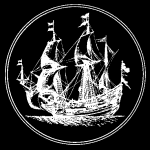
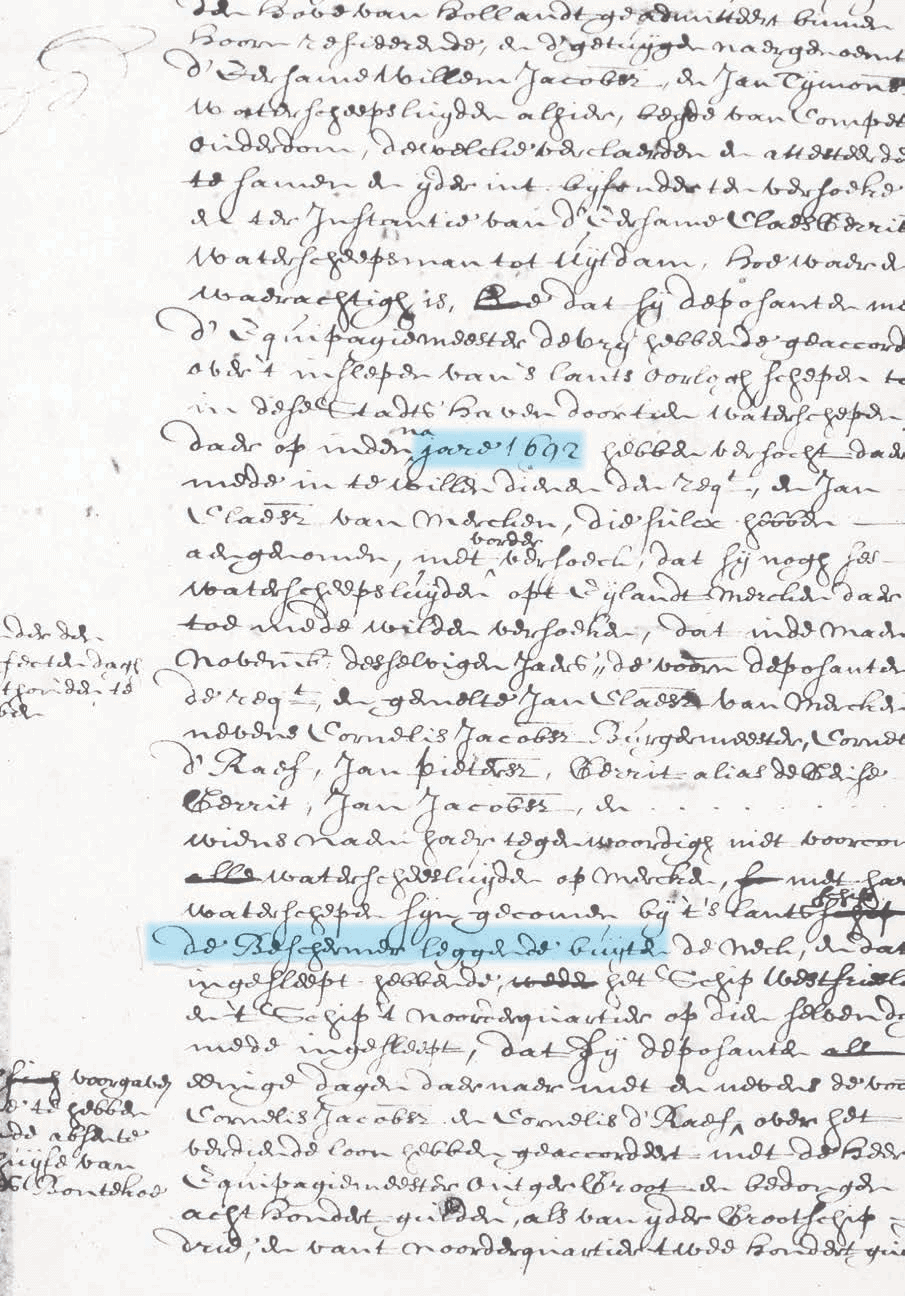
One of the many pieces of archive material about the ‘Beschermer’ National Archives, Hoorn
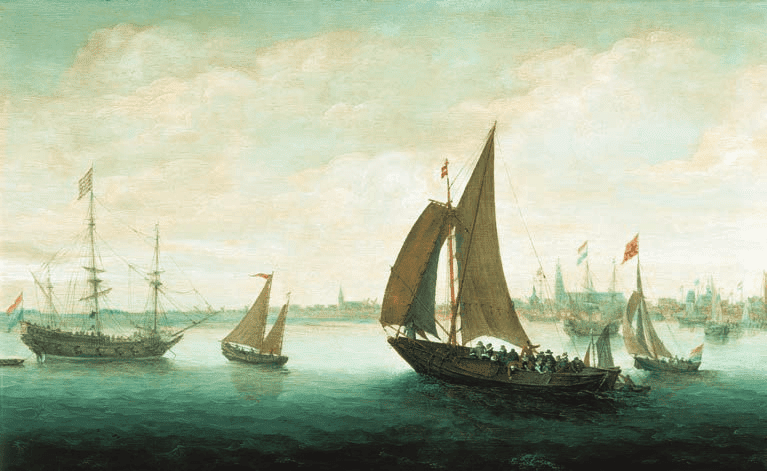
Hans Goderis, View of Hoorn, ca.1625
Oil on canvas, 152 x 225 cm
Dated: 1689
Provenance:
Netherlands, E. Moll de Oudere, Veiling Frederik Muller, Amsterdam 15th
December 1908, Lot 3 (as Ludolf Backhuysen)
Literature:
C. Hofstede de Groot, A catalogue raisonné of the works of the most eminent Dutch painters of the seventeenth century, Based on the Work of John Smith, Volume VII, p. 246, nr. 138 London 1923.
R.C. Anderson, ‘Dutch Three-Deckers’, in: Mariners Mirror,
1929, Volume V, pp. 11-12.
Dr. Gerlinde de Beer, Ludolf Backhuysen, Sein Leben und Werk,
Zwolle 2002, p. 206, fig.268
Jan Claesz Rietschoof demonstrated his talent for drawing and painting at an early age. The painter’s biographer, Houbraken, reports that at the age of fourteen the artist became a pupil of Abraham Liedst, a local portrait painter, and later of the famous seascape painter Ludolf Backhuysen in Amsterdam. In this masterful and monumental seascape Rietschoof has equalled – and perhaps surpassed – his teacher. Houbraken also writes that Rietschoof maintained the approach used by his master and
Rietschoof’s masterworks were regularly ascribed to Ludolf Backhuysen. Rietschoof did not sign his work or, if he did, then with the easily deletable monogram JRC. In the past this led to many of his paintings being ascribed to his teacher Backhuysen or to colleagues or pupils who imitated his style. It is only in the past few decades that there has been an increase in the number of works ascribed to Rietschoof on stylistic grounds and that this master has emerged from the shadow of his sometimes better fellow artists. Until very late on in life Rietschoof was a successful painter and in 1697 he belonged to the ranks of the approximately two hundred ‘prominent’ and richest inhabitants of Hoorn.
The literature contradicts the date (1689) given to this painting by stating that the Beschermer was launched by the Noorder - kwartier Board of Admiralty in 1690. The ship was built in Enkhuizen, but quite possibly was not completed there. In November 1689 it was reported from the Noorderkwartier (this Board of Admiralty had its headquarters alternately in Hoorn and in Enkhuizen) that the hulls of the three newly constructed ships had been completed and “dat aen deselve tot voltreckinge niet verder deficieerde dan alleen het Zan?, Hout, Zeyl en Train?” However it was also reported that there was no more money tocomplete the vessels, which “de Admiraliteit in het Noorderquartier voor haar contingent soude equiperen’” This probably referred to the most important ship, the Beschermer. Rietschoof will have been able to observe the vessel in Enkhuizen right up to the last construction phase in the wharf and to see it sail past the port of Hoorn as it was towed to Amsterdam. This seascape of 1689 pictures the ship in all its glory – whether commissioned or not – off the port of Hoorn
The Beschermer was 170 ft long (Amsterdam foot = 28.31 cm), 43 ft broad with a 16-ft deep hull and it carried 90 guns. The large three-deckers were generally first-class vessels, known as Grootschepen (Large Ships) or negentigers (ninety-ers) after the number of cannon they could carry. Each of the five Boards of Admiralty was held to maintain and equip a number of these ninety-ers of 170 ft in length in case war should break out. The Beschermer was to be the third and last such ninety-er of the Noorderkwartier. The West-Friesland, built in 1683 in Hoorn – a ship that was also painted by Rietschoof – and the Kasteel van Medemblik of 1688 were already part of the fleet.
The Beschermer belonging to the Noorderkwartier is sometimes confused with the Beschermer of the De Maze Board of Admiralty (Rotterdam). The latter was 174 ft in length and carried 90 to 100 guns. This vessel was taken into service very soon after completion in 1691 and continued to sail until 1715.
It was, for instance, part of the combined Anglo-Dutch fleet that joined battle with the French in May 1692 off the coast of La Hogue, one of the episodes of the Nine Years’ War (also known as the War of the Grand Alliance, the War of the League of Augsburg or the War of the Palatinian Succession – 1688-1697). At the time, the Noorderkwartier’s Beschermer was on the Zuyder Zee (see copy of archive document 1). At the request of waterscheepsman Claes Gerritsz of Uitdam, two of his colleagues
stated how, in November 1692 they, along with ten other waterschepen, had been ordered to ‘tow the country’s warships into this Town’s harbour’ (Hoorn). On the same day, all other vessels were relocated. After the Battle of La Hogue in 1692, where the Noorderkwartier’s Beschermer had been unable to win any laurels, the threat posed by the French at sea had still not disappeared. In early 1693 the so-called Groote Vloot (Great Fleet) sailed out under the command of Admiral Philips van Almonde. The fleet assembled in St. Helena Bay from where they could escort the Dutch and English merchant ships on the way to the East and the Mediterranean. This was probably the only time that the Noorderkwartier’s and De Maze’s two ships both named Beschermer were to be found in the same fleet. On this occasion the Noorderkwartier’s vessel was carrying 90 guns: twelve 36-pounders, eighteen 24-pounders, thirty 18-pounders, twenty-four 6-pounders and six 4-pounders. In fact, no shots were fired: the overpowering might of the Groote Vloot was such that the French avoided any sort of confrontation. In the subsequent spring another large fleet sailed out, but the Noorderkwartier’s Beschermer was no longer part of it.
It was not until 1695 that the Beschermer was called into service again. The squadron that the ship was supposed to be part of had to patrol the North Sea, off the coast of Flanders, or where possible had to lie ‘armed in the inlets’ in order to frighten off the French privateers. Two contemporary legal documents issued in Hoorn put the Beschermer in the region of Camperduin on 19th October 1695 (see copy of archive document 2). According to statements made by three officers at the request of their commander (captain) Cornelis Graauw of the ship the Juffrouw Anna, the Beschermer withdrew from a confrontation with five enemy vessels. The captains Graauw and Cleijn sailed together to the Beschermer, captained by Commander de Wit, perhaps to discuss his questionable action. When evening fell the three ships separated and ‘Commander de Wit set course for London’s river’. It is not known whether any consequences followed on De Wit’s behaviour. However a year later (1696) he was no longer captain of the Beschermer. In the same year the Beschermer once again carried the usual 90 cannon and a crew of 475.
After 1700 any reports of the activities of the Beschermer are less clear since the documents make no distinction between the Noorderkwartier’s Beschermer and the ship of the same name belonging to the De Maze. In the years 1702, 1703, 1705 and 1707 a ship bearing the name Beschermer was part of a fleet that gathered in St. Helena Bay to escort the VOC fleet and to accompany the merchant ships sailing towards St. Uves or Lisbon and the Mediterranean. In the first decades of the 18th century the ninety-ers gradually lost their military significance. After the end of the Nine Years’ War (1688-1697) and the subsequent War of the Spanish Succession (1702-1713) they were no longer built. After 1713 the only ships at sea were highly manoeuvrable vessels with between 40 and 60 cannon and a crew of 200 to 250 on board to act as escorts for the VOC and merchant shipping. In the period between 1717 and 1720 the De Maze, Zeeland and the Noorderkwartier Boards of Admiralty lacked the money to
launch any ships at all. The Beschermer – or, rather, its hull – was sold to a breaker in Hoorn on 18th August 1721.
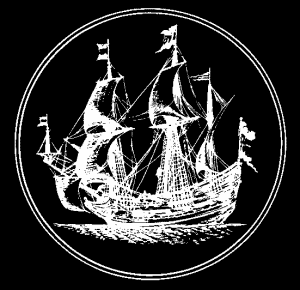
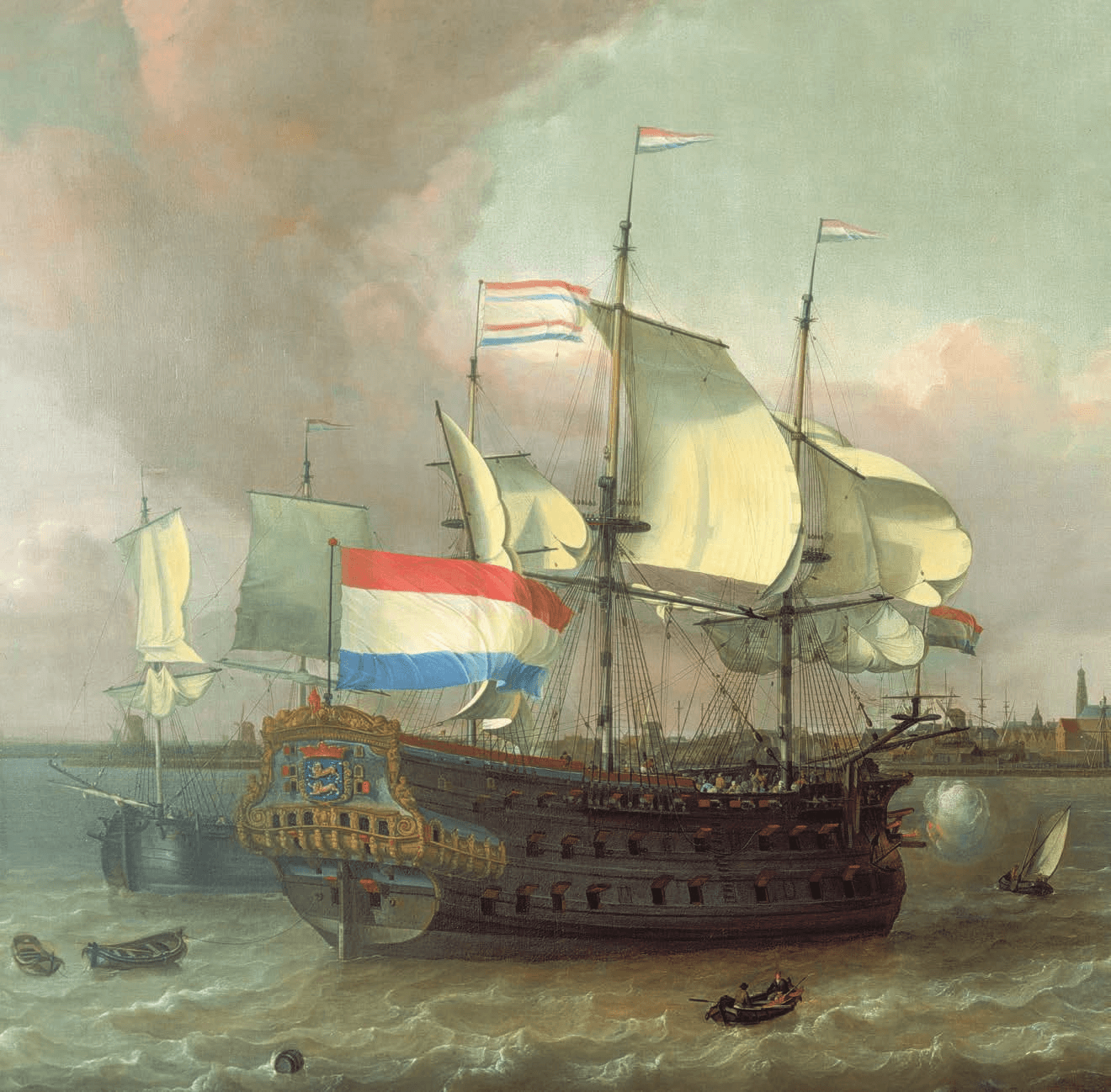
Jan Claesz Rietschoof, View of Hoorn, ca.1690
Rob Kattenburg BV, Eeuwigelaan 6, 1861 CM Bergen, The Netherlands – Tel.+31 (0)72-5895051 Fax +31 (0)72-5816031
[email protected] – www.robkattenburg.nl – By appointment only
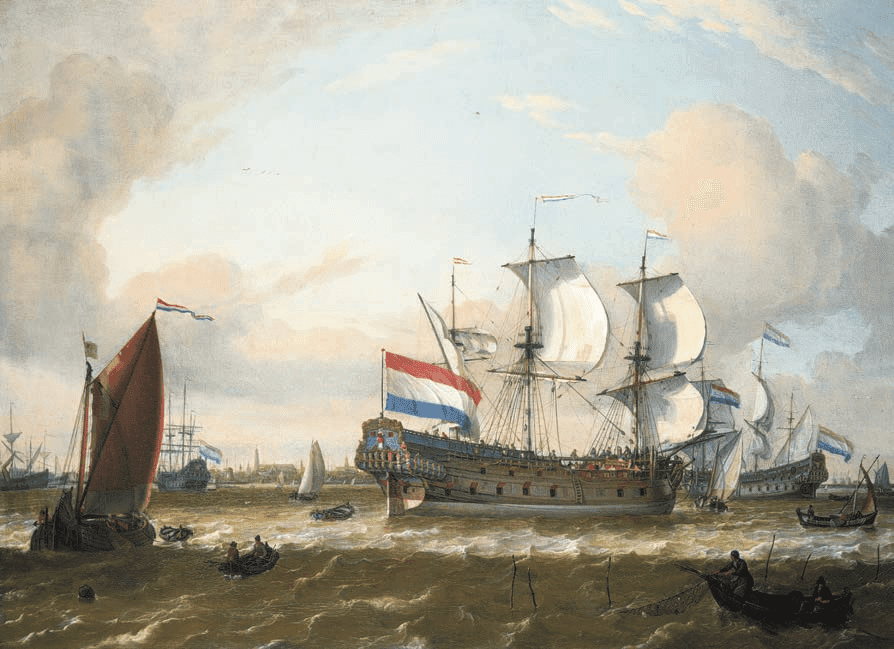
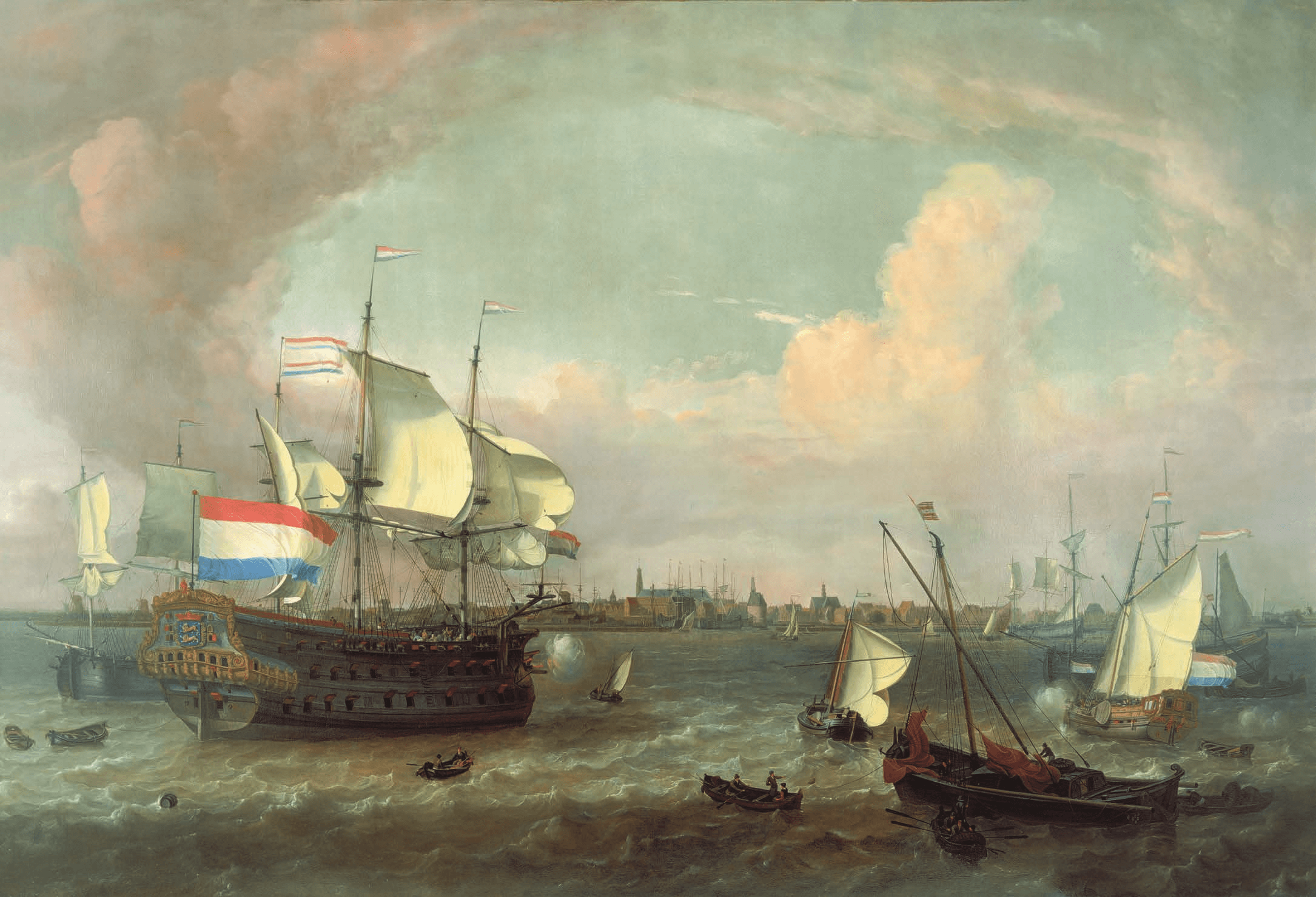
Notes:
Archiefdienst Westfriese Gemeenten, Hoorn, Not. Arch. 2246
(21st May 1694).
Archiefdienst Westfriese Gemeenten, Hoorn, Not. Arch. 2213
(19th and 23rd November 1695)
© 2022 Rob Kattenburg
Website Mediya.nl